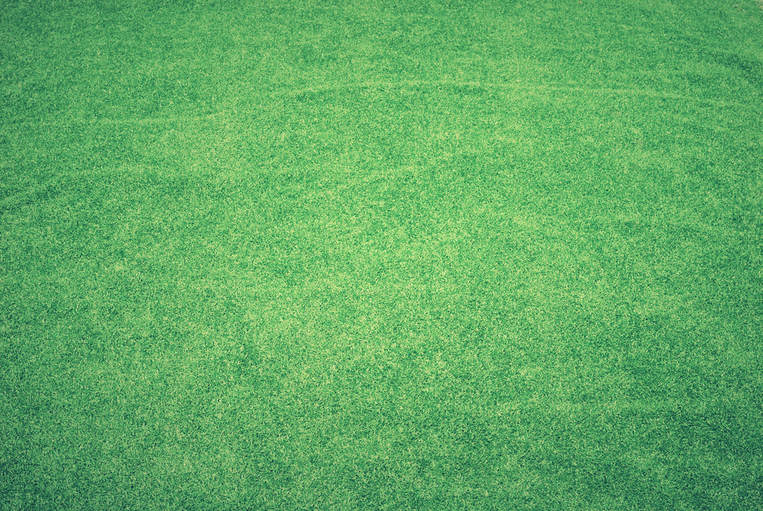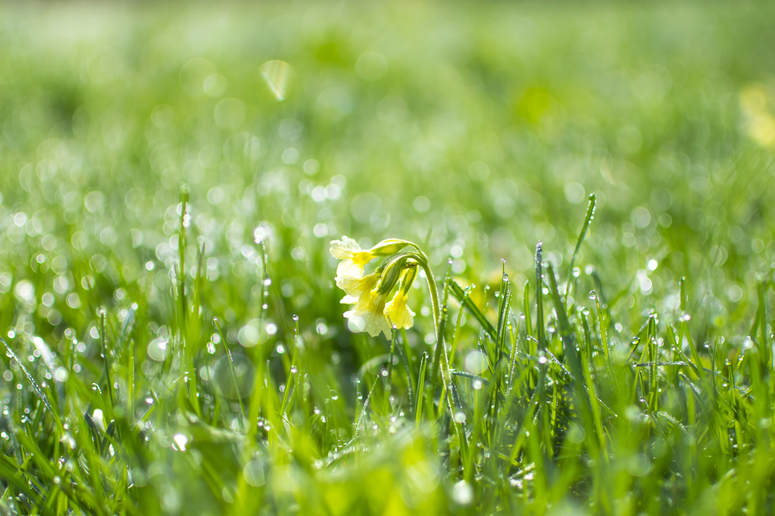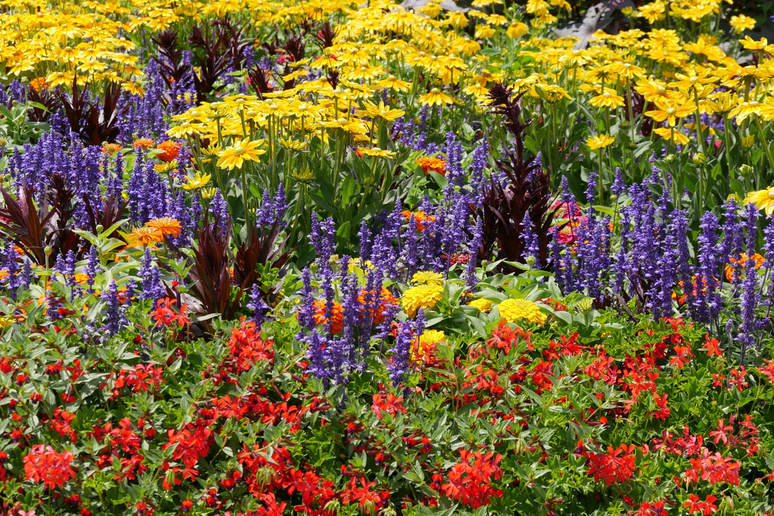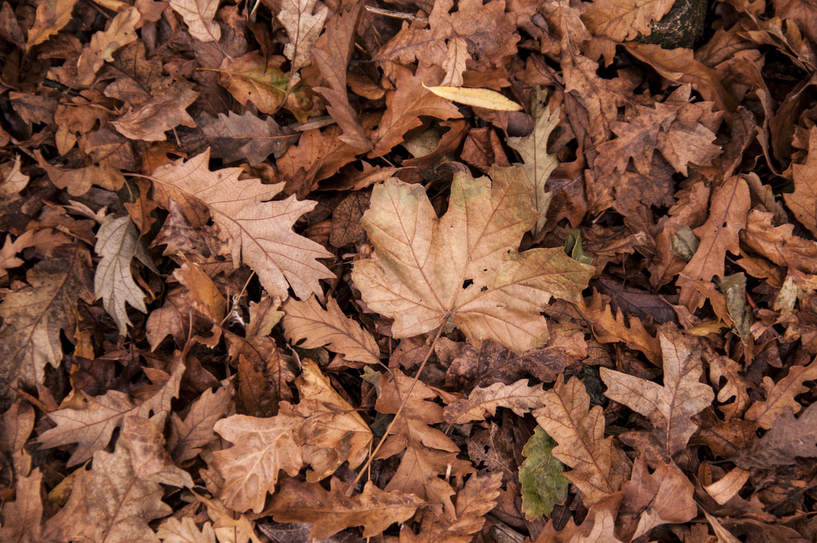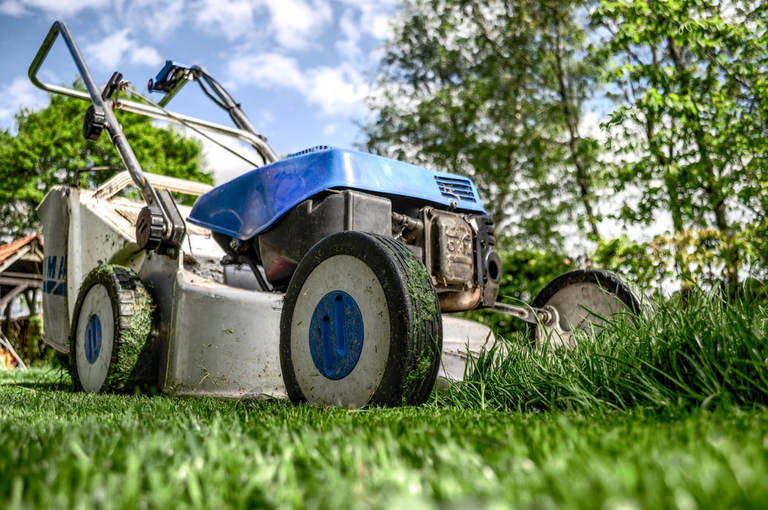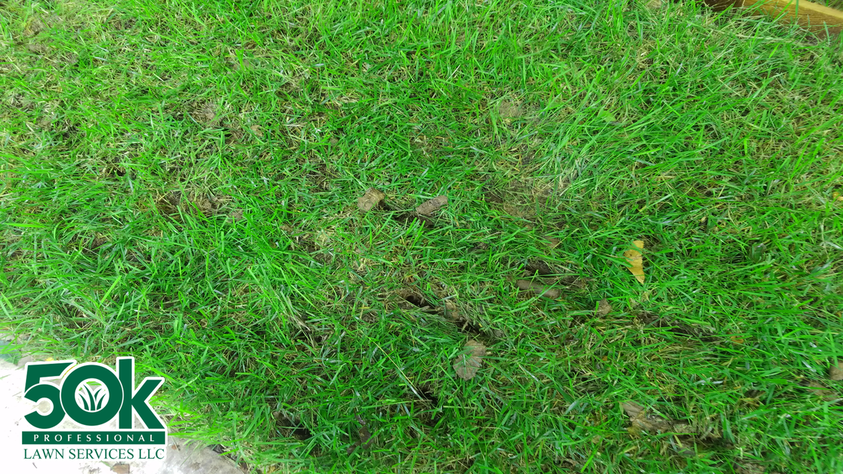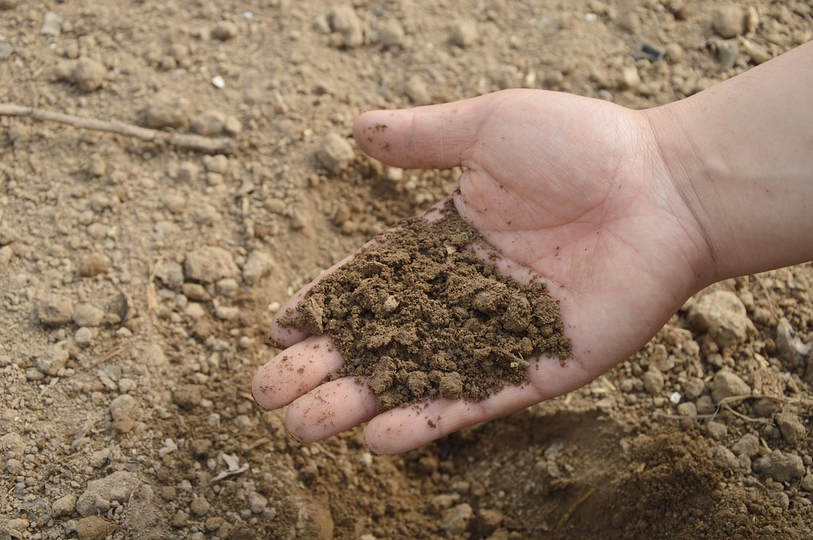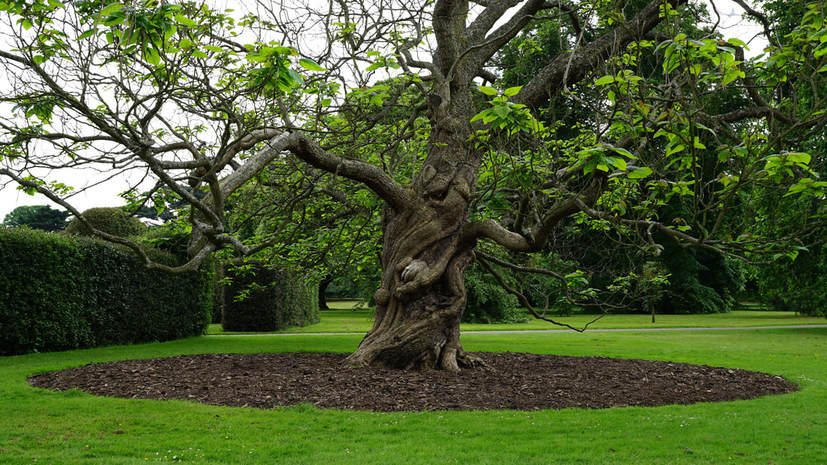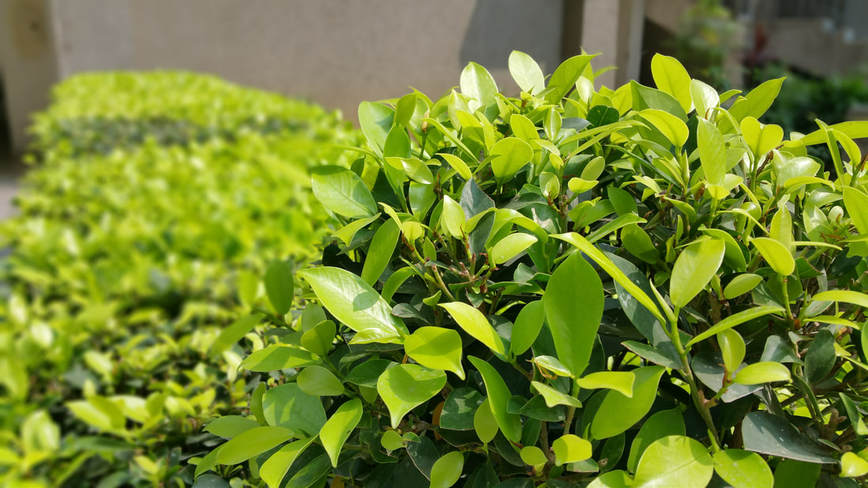This is the ultimate new homeowner's guide about the techniques for making smart lawn and landscape choices. Now updated for 2023!You Just Moved to Your South Austin Home! Now, What Do You Need To Do?First, welcome to South Austin! Congratulations on your new home! Our ultimate lawn and landscape guide for your new home in South Austin will help you identify and correct issues that may not be easily noticeable without expert guidance. From bumpy lawns to lawns with massive drainage issues, we have seen all the cheap tricks contractors may throw at you. Work quality of new lawns in South Austin have significantly gone down when compared to those built in the mid 2000's. That is why vigilance on your part is imperative. Hopefully, you have found the issues first and haggled to get them corrected. If you did not notice the underlying issues the first time, then our goal is to guide you to everything you need to know from day 1. Remember: planning, maintenance, and prevention will always be cheaper in the long run. 1. Lawn and Landscape Inspection ChecklistCheck for a Bumpy LawnWe noticed bumpy lawns are now rampant all over new developments in South Austin. Bumpy lawns are a trip hazard and must be corrected immediately. It felt as though the sods were laid when the ground was still soaking wet. To check for a bumpy lawn, walk around the lawn when it is dry. Assuming the lawn is draining properly, your feet should be level and relatively flat. If you notice significant bumps, one correction to increase flatness is to re-roll the entire lawn with an appropriately weighted roller or top dressing low lying areas with high quality compost. We found that using a combination of both will significantly lessen the bumpiness of the lawn. Expert TipWhen rolling the lawn, avoid rolling when wet. You risk damaging the lawn through compaction. And when top dressing, limit thickness to about .25". You may also mix your top dressing material with sand or decomposed granite. The granules in sand or decomposed granite helps level the lawn. We are aware that estimating how thick is .25" is hard to estimate on the job, so simply make sure the grass blades are still visible. As long as you see grass blades on top of the top dressing, you will not smother the lawn. Afterall, your lawn is alive! The lawn will do whatever it takes to get the much needed sunlight. Inspect the Lawn for Drainage ProblemsHas your lawn always been too muddy to walk on? Is it always wet? Does it have a swampy smell? If all these are true, you may have a drainage issue. The builder wants the water to flow away from the house's foundation. Sometimes, however, the water runoff is set to an extreme. A drainage problem is commonly found near the fence line, around edges of the property line, near the backyard gate, or along the A/C. Drainage problems may cause your lawn to recede as it gets smothered with water, exacerbated by anaerobic condition. There are quite a number of options to correct this issue and lessen excessive water runoff. Your lawn and landscape professional may recommend gutters, explore the creation of a rain garden beds on low lying areas, creation of physical drain like a french drain, or re-grading the lawn to lessen the steep runoff, then maybe using rocks to slow down or reroute excessive water runoff, among others. Your first call to action, however, is to identify the issue as soon as possible before the need for extensive re-sodding. Afterall, this is your new home! Expert TipUse larger river rocks of about 1" or more strategically to slow down water runoff. We use river rocks along gutter down spouts, pathways, or garden beds to control the velocity of water flow to lessen erosion. Make sure to watch how the entire environment react on these specific locations when it rains. Observe water flow both before installation and afterwards. There is no other substitute for observing mother nature. Even the civil engineers do this, why wouldn't you? The Plant Beds Do NOT Have Weed Barriers. What should you do?Quickly check what is underneath the existing landscaped plant beds. Is it just bare soil? Do you see a black plastic, a white fabric, or a cardboard box? Most likely than not, your plant bed only has bare soil underneath the mulch. This means that sooner or later your plant beds will be riddled with unwanted weeds.You need some kind of a natural barrier from the ground to suppress and prevent weeds. The key, therefore, is prevention. Prevention will save you a lot of time and money. Expert TipAvoid using weed and feed products or any kind of synthetic herbicides. These products have been shown to have adverse effects to our environment, the fish population, birds and bees. Use the strategies we listed above. Inspect for Mature Deciduous TreesWalk around the lawn to check for deciduous trees like Live Oaks, Maple, and Ash that are all over Austin. Are you going to need to remove leaves in Fall and Winter? This will help you and your lawn care professional plan for the materials needed for your landscape and plant beds. We recommend to simply mulch these leaves back to the lawn in winter. The result may not be aesthetically pleasing, but these mulched leaves will eventually be reabsorbed by the lawn come Spring. If leaves are not getting broken down, spray the area with actively aerated compost tea. The live microbes will help breakdown the mulch. This is much hundreds of dollars cheaper than removing the leaves. The last is to get your provider to come by every couple of weeks to spend time bagging the leaves. Avoid leaving the leaves on the lawn for a prolonged period. This will cause an almost 100% increase in dandelions and crabgrass infestation, according to Michigan State University. Expert TipAsk your lawn care provider to spray Actively Aerated Compost Tea treatments regularly. This is penny on the dollar when compared to a full leaf cleanup. Doing it this way, you'll be saving money and at the same time enriching your lawn's soil with organic matter. RELATED: Would you like to know about The Easiest Way to Remove Leaves? 2. Maintenance Schedule ChecklistRecurring Lawn Mowing BeginsLawn mowing is a very important part of your overall lawn maintenance program. We strongly recommend weekly lawn mowing to ensure you get the best quality cut. If you are looking to save a little money, then bi-weekly mowing can sometimes work. It is, however, very hard to get a great looking lawn on a bi-weekly interval. To get the best, weekly interval is the way to go. There is a lot that goes on behind mowing the lawn. First, ensure the mower blades are very sharp. When using lawn care professionals, one way to know if the blades are dull is by looking at the cut immediately after mowing. A grass blade must be crisp and should not have rugged brown edges. Rugged edge is a telltale sign of dull blades. And dull blades will increase the chances of infection and lengthen the grass' recovery time. Imagine having multiple wounds instead of just one. When mowing the lawn, make sure to cut appropriately to the season. This means not cutting too short in the summer or too high in the winter. Cutting too short when it is hot will cause heat stress and the lawn to recede. Cutting too long in the winter will keep the lawn very moist in the cold and encourage disease causing fungus to take. Generally, do not cut more than a third of the grass during normal maintenance. This will lessen stress. Cut in different directions to lessen lawn rot and soil compaction. Doing this lessens missed areas and cuts the lawn very flat. This will give you the professionally manicured look everyone desires. In general, lawn mowing is recommended at least once every week for best results during Spring, Summer, and Fall, and once every month during Winter. If going for a weekly interval is beyond the monthly budget, then going for once every 2 weeks in Spring, Summer, and Fall, and once every month and a half in the Winter will suffice. Expert TipBag clippings when weeds are present to lessen infestation. Do this as needed. Weed by hand as necessary. It is best to add organic matter, fertilize, aerate, and weed regularly during the season. You will notice when the lawn has thickened and fully recovered. From here on, you will simply be maintaining the lawn. RELATED: Would you like to learn more about How to Properly Mow a Lawn? Core AerationCore aeration alleviates soil compaction. Compaction is more prevalent to older lawns than newer ones. A telltale sign your lawn has a compacted lawn is weak grass growth on localized areas. Typically, you will find these areas when people take regular shortcuts walking unto the lawn. Walking on the lawn is generally not bad for the lawn. But sometimes, new homeowners are not aware that walking on the lawn while the lawn is still moist or otherwise wet will eventually cause soil compaction on both new and older lawns. This is where core aeration kicks in. Core Aeration makes it easier for air, water and movable nutrients to flow much freely throughout the soil. This in turn gives the grass roots the opportunity to grow deeper into the soil, making the lawn hardy to sudden drought. Generally, aeration is recommended at least once a year. For areas experiencing more traffic, we recommend twice a year, once in Spring and another in Fall. Only aerate the lawn during the growth phases of the season. Be careful when aerating lawns with a sprinkler system as sprinkler heads can easily be damaged by the aerator. Expert TipAerate and Top dress at the same time. Top Dressing uses a soil mix which adds organic matter into the soil and can also be used to build up soil flora. When combined with core aeration, the organic matter can be placed deeper into the soil profile to manipulate the soil structure. It also lessens traffic stress and alleviates soil compaction. Sometimes, when the soil's pH level is just a little off, top dressing may be enough to make minor adjustments. RELATED: Would you like to explore more about The Benefits of Lawn Core Aeration? Lawn FertilizationLawns are recommended do a soil test first before fertilizing the lawn. A trusted provider typically provides FREE soil fertility tests to avoid over fertilization. If they do not provide this service, you will be overpaying for services you may not need. We generally recommend to fertilize once in every month of March, May, July, September, and November AS NEEDED. Make sure to organic granular slow release fertilizers to avoid burning the lawn. This will eliminate 99% of the problems with synthetic fertilizers. Organic fertilization with corn gluten meal can also prevent the spread of weeds and make the lawn very healthy. Remember, we recommend to perform a soil test first in order to have a baseline of the amount of N-K-P the lawn needs, and its pH level. Note that fertilization will not correct the lawn's pH level. What it will do, however, is to add nutrients back into the lawn. Organic fertilizers, unlike synthetic salt-based fertilizers, will add nutrients AND organic matter back into the lawn, which is essential to increase nematode and beneficial microorganism population. If the pH level needs to be corrected, you may use lime or aluminum sulfate to raise or lower the pH level back to the ideal range of around 7.0. Adding organic compost, peat moss, and other naturally found materials will increase organic matter in the soil and also slightly adjust the pH level. When fertilizing, we recommend adding a professionally brewed actively aerated compost tea to help break down thatch, organic matter like leaves, and increase the lawn's bacterial and beneficial microbe count to help in the natural nutrient cycle. Expert TipUse organic slow release fertilizers and naturally found soil amendments to improve the lawn's soil and nutrient composition. RELATED: Would you like to learn more about Our Full Organic and Natural Fertilization Program? Mulch Installation and Mulch TurningMulch adds a layer of protection from drought and sudden freeze, but limit mulch thickness to 4", as adding too much mulch will smother the roots. If your plant beds have old mulch, make sure to turn the mulch at least once a year. This helps against soil compaction and revitalizes the look of the mulch for the season. Turning old mulch also helps in making sure air gets into the bottom of the mulch and aid in decomposition of organic matter, like leaves. Turning mulch can be a great time to weed the beds as well. Light weeding will still be recommended at least once a year for optimal results, even with a weed fabric. Expert TipNot all mulches are created equal. Make sure to inspect the mulch color, cut quality, and cleanliness. It is not unusual to find mulch that has trash mixed in, varying cut quality, and with sub-par pigments. RELATED: Would you like to understand more about your Groundcover Options? Perennial Tree and Shrub Trimming and Pruning.Perennial trees and shrubs in general are recommended to be pruned in the winter when they are dormant. This allows trees and srubs to use all the nutrients available to grow in Spring. Selective pruning can also be utilized at this time of the year to prevent cross branches from becoming a safety hazard or damaging sidings or roof. Aside from these, trimming and pruning can add shape and exquisite look to your landscape especially during the holidays. Expert TipAvoid trimming too deep into the foliage. Some plants like Box Shrubs or Rosemaries won't recover on once the damage has been done. The best alternative is to do selective pruning first, letting the plant recover and grow foliage inside, before finally shaping to the desired size and shape. With plants as with people, slow is fast.
We hope you find our blog helpful. Should you need help with your lawn and landscape or should you want us to expand this guide, please do not hesitate to contact us. We are eager to help.
50K Professional Lawn Services LLC. 844-505-5296. Austin, Texas.
6 Comments
12/20/2021 06:01:15 pm
Highly recommended, One of the best from in Austin
Reply
12/6/2022 02:37:42 am
It's interesting to know that the grass blades still have to be visible when estimating how thick they should be. I can imagine how taking care of the material is a technical task, so I guess it is best to hire a professional instead. For me, I will just look for grass sales and look at my option and find one that would look the way I wanted it to be for my home's backyard.
Reply
4/4/2023 09:18:54 pm
I'm glad you talked that using organic landscape supplies could help provide benefits for your landscape. My aunt told me the other day that she was planning to have their lawn serviced to upgrade the look and function of their landscape. She asked if I had thoughts on the best mowing approach. I appreciate this instructive yard tips article, I'll tell her it will be much better if she consults trusted lawn mowing services as they can provide details about the process.
Reply
6/29/2023 01:53:37 am
I am new to this blogging world and I spent almost an hour on this site reading some top quality blogs. I will definitely visit this site again because I learned a lot and got very helpful information from your blog. Thanks for sharing.
Reply
1/2/2024 05:18:25 am
This is an interesting and informative guide for new homeowners in South Austin! The detailed lawn and landscape inspection checklist is particularly helpful in addressing common issues, and the expert tips provide practical solutions. Thanks for sharing this valuable information!
Reply
1/17/2024 05:43:09 am
Thanks for sharing these insightful tips on lawn and landscape maintenance. The information about checking for bumpy lawns and addressing drainage issues is particularly valuable.
Reply
Leave a Reply. |
Call or Text |
